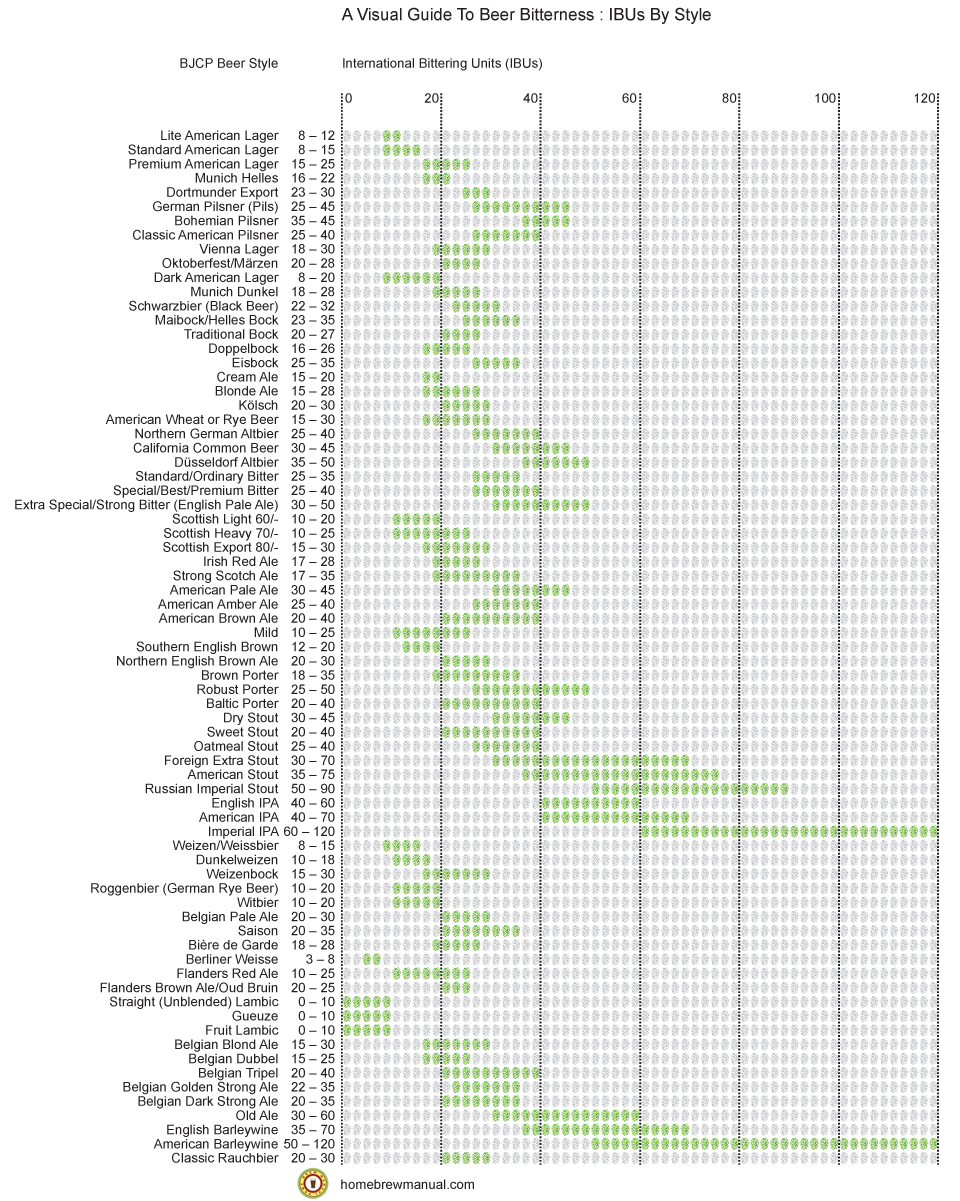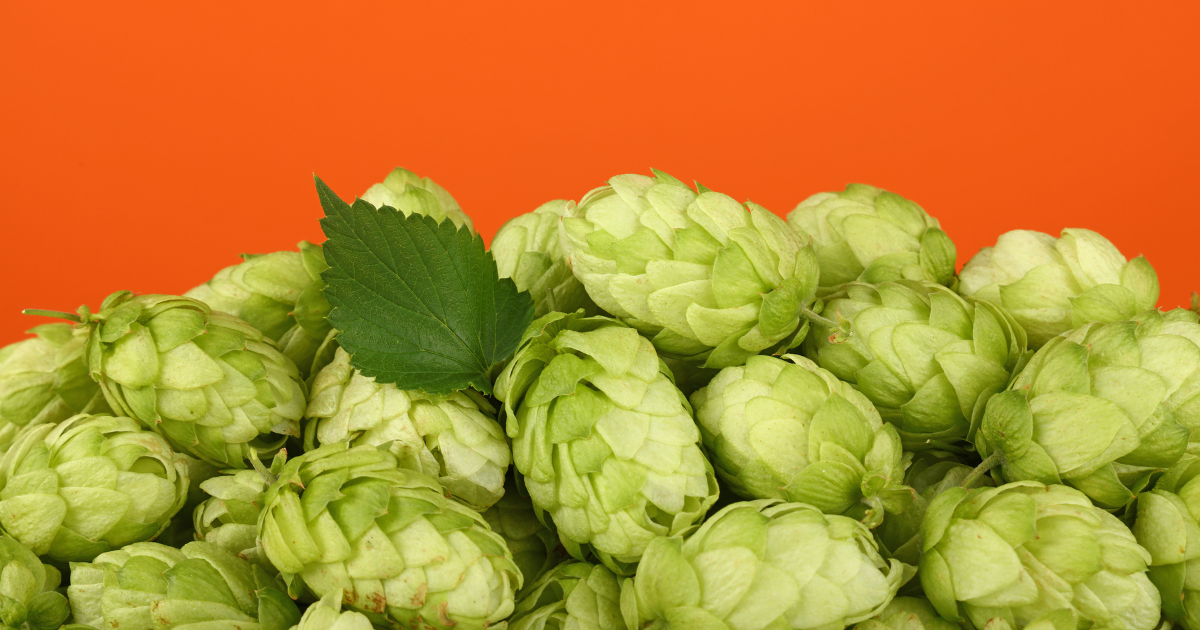I spent my early years exploring craft beer on a constant hunt for the hoppiest beer on tap or on the store shelf. I’ve since dialled it back, but even if I’m not quite the hop head I once was, there’s no question that hops command a great deal of our attention—as they should.
Funny enough, hops are a (relatively) new addition to beer. While beer has been around for more than 5,000 years, hops date back only 500 years. Before Cascade and Citra were household names, brewers resorted to herbs, plants, and potions to counter the overbearing sweetness of malt. It took until the 1500s before hops caught fire. Now, we include hops as one of the four baseline ingredients needed to make beer. The reasons now seem so obvious. Hops provide:
- bitterness to balance out the sweetness of malt
- antibacterial properties (once necessary but now helps with preservation)
- head stabilization
- enticing flavours and aromas
- the spice of life
But let’s be honest, our real concern is aroma, taste, and bitterness. Which is how we’ll explore the beautiful world of hops. It so happens that these two broad categories (bitterness and aroma) are how most hops are classified.
Hops for the bitter
Hops, if you don’t already know, are green flowers that grow on a vines, typically stretching some 18 feet tall. They can grow as quickly as a foot a day in certain conditions. They are harvested in August and September in specific regions of the world. Requiring at least 15 hours of daylight, they do their best growing in latitudes between 35 and 55 degrees. This is why you’ll find most production in in Germany, US, Canada, Czech Republic, China, Australia, and New Zealand. We (or rather, machines) pluck the green cones and then dry them out to preserve their qualities. One of these qualities is resin, which contain a important acids—alpha acids, to be precise. Not to get hung up on Grade 12 chemistry, but the alpha acids contain three compounds that matter to us:
- humulone
- cohumulone
- adhumulone
To unlock these alpha acids, we need to boil the hops. During the boil, the alpha acids undergo a structural change—a change that creates the bittering compounds we enjoy in the finished beer:
- Humulone becomes iso-humulone.
- Cohumulone becomes iso-cohumulone
- Adhumulone becomes iso-adhumulone
A fancy word for this chemical process is isomerization. It’s a process that requires a bit of time. In other words, the longer you boil hops, the more bitterness they produce. Hops also contain beta acids which can undergo a similar structural change, but their affect on the beer’s bitterness is different. Because they are immediately soluble in water, they oxidize with time, so their effects are pronounced with beer that has aged. But you’re a home brewer—you’re probably drinking the freshest beer possible, so the effects of these beta acids on your homebrew should be less pronounced than beers with longer shelf lives.
So, we have alpha acids, and beta acids, but it’s the former that concerns us most. That’s why you’ll often only see a hop’s alpha acid properties listed on packaging, or in recipes. That number has a wide range. Some hops have alpha acids of less than 2 percent of the total weight of the hop. Others can get as high as 16 percent. That range applies to different varieties, but even the same variety will change from one harvest to another, from one farmer to another. Think of this number as the maximum potential the hop has for producing bitterness.
If you’re replicating a recipe and want to become a consistent home-brewer, you’ll need to pay close attention to your hop’s alpha acid percentages and adjust your recipe accordingly.
IBUs are a measure of alpha acids
These days, many craft beers list their IBUs (International Bitterness Units) on the label. IBUs are a measure of the concentration of alpha acids, in parts per million. So, 1 IBU = 1 milligram of alpha acid per litre of beer. Your typical light lager will have 8-12 IBUs. Your typical American IPA will have 60+, to give you a sense.

Utilization is a measure of isomerization
You’ll recall that when we boil hops, important compounds undergo a structural change called isomerization. The degree to which that conversion takes place is called utilization. Utilization values sit on a wide spectrum, from 0 to 40 percent. Zero percent would apply to dry-hopped beer (when you add the hops to the beer in the fermenter, long after the boil). Forty percent would apply to a hop addition made at the beginning of a long boil. Of course, that’s just a guidepost. Even with the most consistent brewing process, you may experience huge differences in hop utilization from one batch to another.
If you get to a point where you want to keep a close watch on utilization so you can be extra sure about the final IBU count in your beer, you’ll need to invest in a digital scale that reads to the hundredth ounce (0.01) so you can accurately measure out the appropriate weight before you toss the hops into the boil. You’ll also need to make sure you add hops to your boil with the precision of a Swiss watch, using a hop utilization table to get the timing just perfect. How you do that is beyond the scope of this guide, but I will provide a link here when I eventually write such an explainer!
Before we move on, just a couple more notes on hop utilization. There are a couple other variables that can impact your utilization. The first is the type of hop used (whole vs pellet). Pellets tend to dissolve quickly in the boil, making the alpha acids readily available for isomerization. Whole hops can have up to 25 percent difference in utilization, compared to pellets.
The gravity of the wort also plays a role. The higher the gravity, the lower the levels of hop utilization. Oddly, as you add more hops to the boil, utilization levels tend to drop.
And we haven’t covered pH levels, the vigour of the boil, and the shape of your kettle, which can all play a role in hop utilization. Suffice to say, we could spend days on this topic. Let’s park it here for now, and move on to aroma!
Hops for Flavour and Aroma
While the chemistry for hop bitterness is measurable and quantifiable, the same cannot be said for flavour and aroma. Before we get too deep into this section, we should pause for a moment to talk about essential oils.
Essential Oils pack a punch (and a mystery)
Hop cones contain lupulin glands, which are yellow clusters of essential oils and resins that are largely responsible for flavour and aroma. Whereas alpha acids account for less than 15 percent of hop mass, essential oils account for only 1 to 4 percent, but pack a mighty punch. How they pack that punch is a bit of a mystery though. Here’s why:
Essential oils are highly volatile, which means they rarely survive the boil.
Weird, right?
I mean, if essential oils don’t survive the boil, how to they impart so much flavour?
I wish I had a good answer for you, but even scientists are stumped on this one. What we do know is that no less than 250 chemical compounds (some say 400) in beer come from essential oils, and about a dozen of them play a major role in flavour and aroma. The vast majority contribute to the effect, but in ways that have yet to be fully understood. (See, beer truly is magical!)
The Fantastic Four
Of the the dozen or so compounds that account for the majority essential oils in fresh hops, we find, first, these four hydrocarbons:
- myrcene (floral and pungent, found in higher levels in bittering hops)
- farnesene (delicate, refined, elegant flavour, found in higher levels in some aroma hops)
- caryophyllene (herbal/spicy, higher values in aroma hops)
- humulene (flavour characteristics unknown, higher values in aroma hops)
Why do I need to go into such granular detail? Because each of these four oils—which make up 80 to 90 percent of a hop’s essential oils are widely believed to be the key components of hop flavour and aroma.
Interestingly, these compounds are found in other plants (hence the variety of flavours we get from hops). For example, you’ll fine myrcene in thyme; farnesene in gardenias; caryophyllene in cloves; and humulene in marijuana. This starts to explain why we get so many different flavours and aromas from beers using single variety hops.
The Golden Rule of Hops
Of course, when you’re in the middle of a brew session, chances are, you’re not going to be concerned about hydrocarbons. I certainly never give it much thought. In practical terms, what we learned above is this:
The earlier you add hops to the boil, the more bitterness they contribute; the later, the more aroma they contribute.
Some hops work best at the start of the boil (bittering hops), while others work best near the end (aroma hops)
Understanding the hop schedule
Why are some hops better for adding bitterness to your beer and others better for enhancing the aroma?
- Bittering hops produce a clean, sharp flavour without harshness. These are added at the beginning of the boil (usually within the first 30 minutes of the boil).
- Flavour and Aroma hops are quite distinct and potent, with scents of citrus, pepper and floral. These are added near the end of the boil (usually within the final 30 minutes of the boil). While aroma hops have been designated as such by brewers because they tend to add pleasant aromas, they also share one notable physical trait: low alpha acid content (less than 6 percent).
- Dry hops are added after fermentation.
- Hopbursting is a technique that uses a lot of late additions for amazing flavor and aroma.
How to pick your hops
At some point in your brewing pursuits, you’re probably going to experiment with hops. You can spend years, and years fine-tuning a recipe by focusing on hops alone. Tweak here, tweak there. But you’ll need a baseline from which to begin your experiments. The safest way to do this, is to pick a beer style and the appropriate hops for that style. If you’re making an English Ale, you’ll want to start with East Kent Goldings; if you’re making a German lager, you’ll want to use a German variety (Hallertau, Hersbruck, etc). Then, play with the amounts, and when you add them to the boil. If you want to go further off the beaten path, try a different hop altogether (starting with a suitable substitute) and then playing with those amounts and timings. Perhaps you want to add more hops to the mix to create even more complex favour and aromas. We haven’t even touched on all the possibilities you could explore with dry-hopping. The possibilities are endless. And frankly, this guide could be endless. At some point, you have to know when to stop. I think we’ll end it here for now.
I hope this gets your wheels turning; the next time you brew your favourite recipe, try playing around with the hops—it might just be add a new twist that becomes the standard.


Leave a Reply